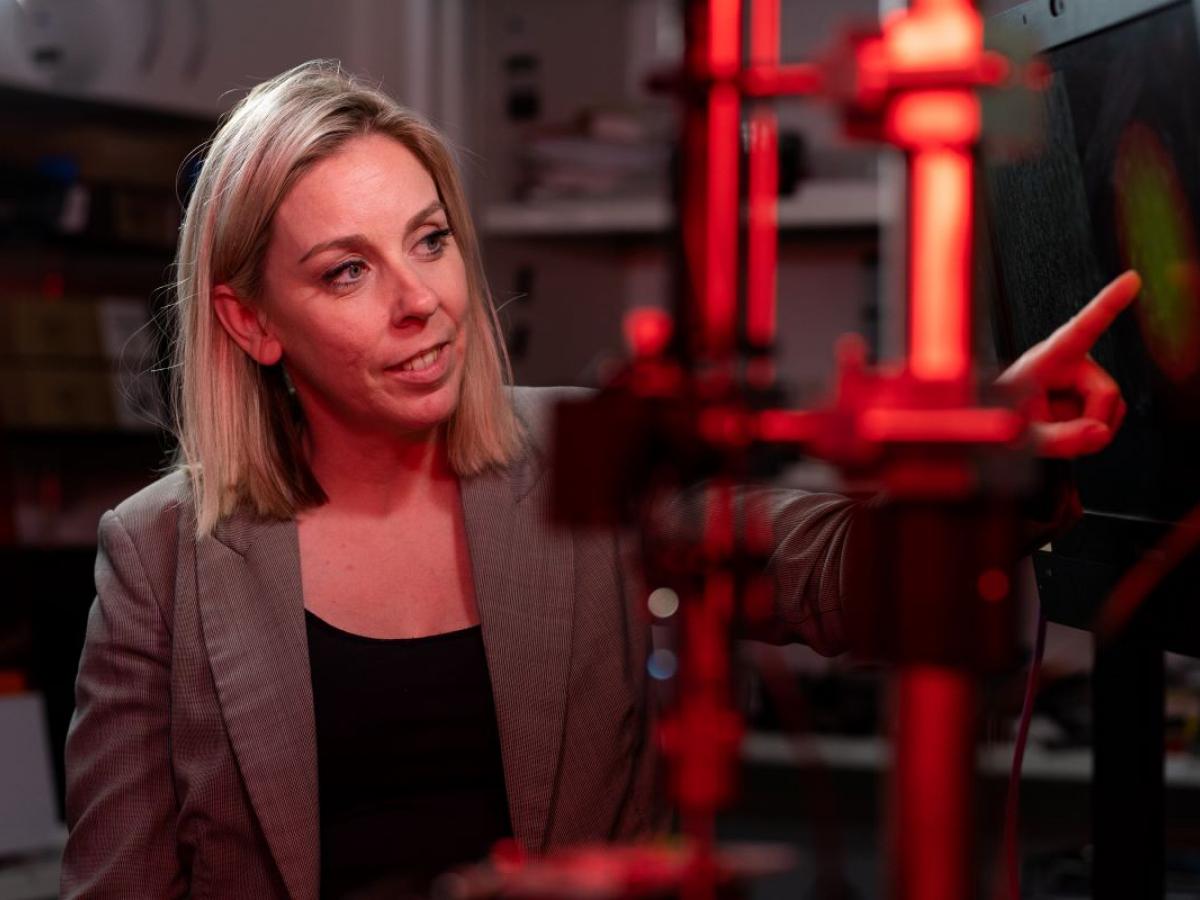Case study: Shining light on embryo health

Pregnancies assisted by in-vitro fertilisation (IVF) have doubled between 2002-2017, however, the IVF success rate has remained stagnant – something Associate Professor Kylie Dunning, leader of Robinson Research Institute’s Reproductive Success group, would like to change.
The current approaches of assessing embryo health by visual inspection or invasive biopsy have both failed to improve the IVF success rate which has remained stagnant for over a decade.
The novel approach that Associate Professor Dunning and collaborators from the University of St Andrews, Scotland, and the University of Adelaide’s Centre of Light for Life have developed, uses different colours of light to determine embryo health in an accurate, objective and non-invasive way before transferring it into the womb.
“For couples wishing to conceive, the quality, or developmental potential, of an embryo is critical as it dictates the success of their pregnancy and ultimately, the birth of their child.” Associate Professor Kylie Dunning, group leader Reproductive Success

Cell health in the spotlight
There are two distinct molecules in cells of an early-stage embryo which “glow back” when a minuscule amount of light, in a fraction of a second, is shone on them. Their glow, or lack thereof, provides insights into cell activity, which is considered an important factor in determining their health. Using this approach, a 3D hologram of the embryo can be generated, allowing embryologists to make an informed decision.
Ultimately, this technology is hoped to lead to increased IVF success rates and therefore also lower the emotional and financial toll on people undergoing the procedure.
Since the initial study, the researcher team has been working on refinements of the technology to see more detail within the developing embryo. In a next step, the team will explore which colour of light is the safest to illuminate the embryo, aiming to have the technology available to roll out in the next five years.
